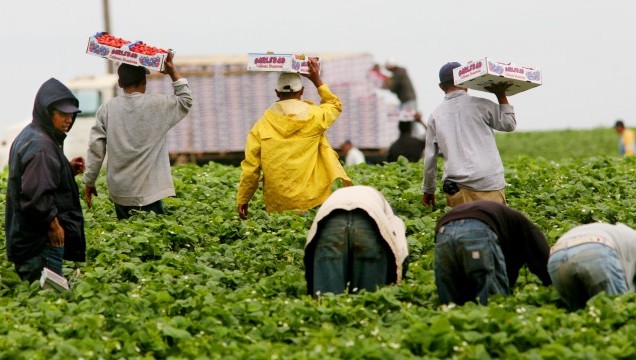
By Scott Smith
Associated Press
California farmers now must abide by the nation’s strictest rules for a widely used pesticide in a change designed to protect farmworkers and people who live and work near agricultural fields but is likely to raise prices on produce.
The restrictions announced Wednesday target chloropicrin, a pesticide injected into the ground before planting crops such as strawberries, tomatoes and almond orchards. In recent years, the chemical has caused hundreds of people to suffer from irritated eyes, coughing fits and headaches, state officials said.
The new regulations surpass standards required by U.S. Environmental Protection Agency.
Brian Leahy, director of the California Department of Pesticide Regulation, said Tuesday that the higher standard is needed in California, the nation’s leading agricultural producer and most populated state, where farms are often next to people. Costs are sure to rise for farmers, who will pass it along to consumers, but Leahy said it is worth it.
“It is burdensome,” Leahy said. “But if we’re going to use these tools, we’ve got to ensure that they’re used as safely as possible.”
Under the new regulation, farmers are limited to applying the pesticide on up to 40 acres in one day, a reduction of 75 percent. It also expands the distance between fields and human activity – in some cases to double the distance. Farmers who use upgraded tarps to cover their fields while applying the pesticide can follow less stringent regulations, said officials.